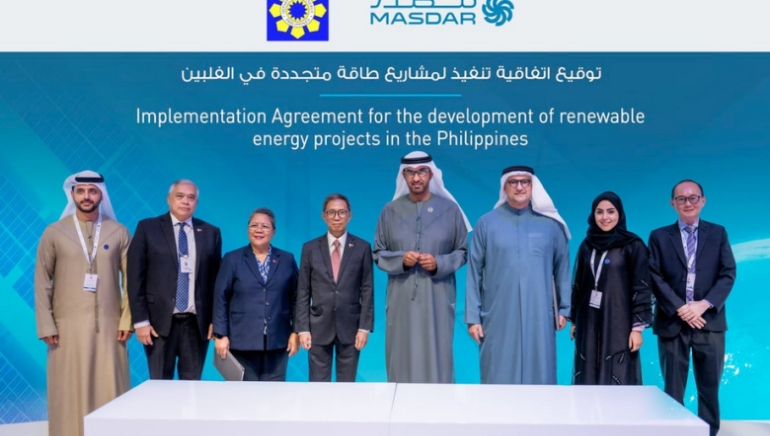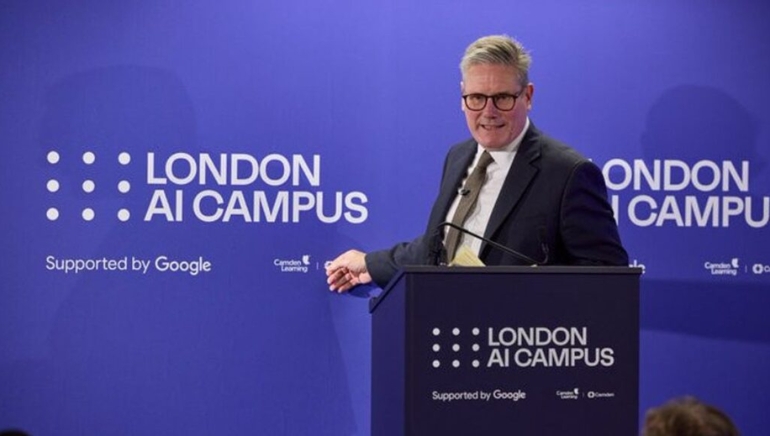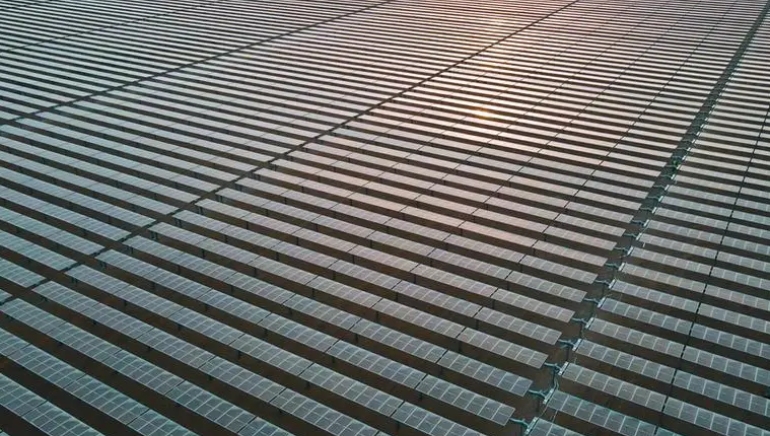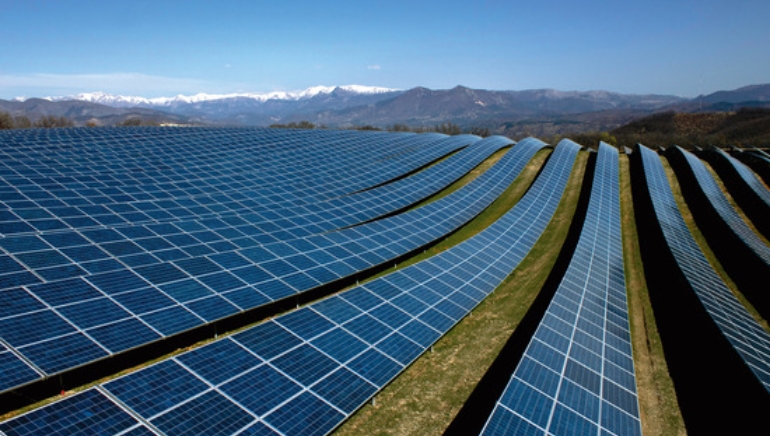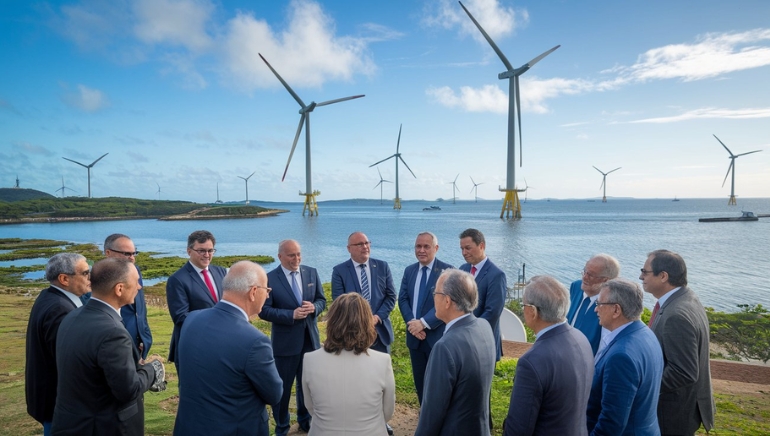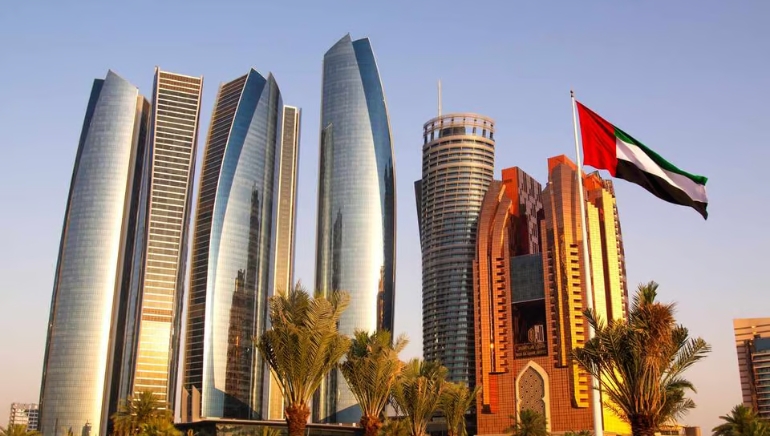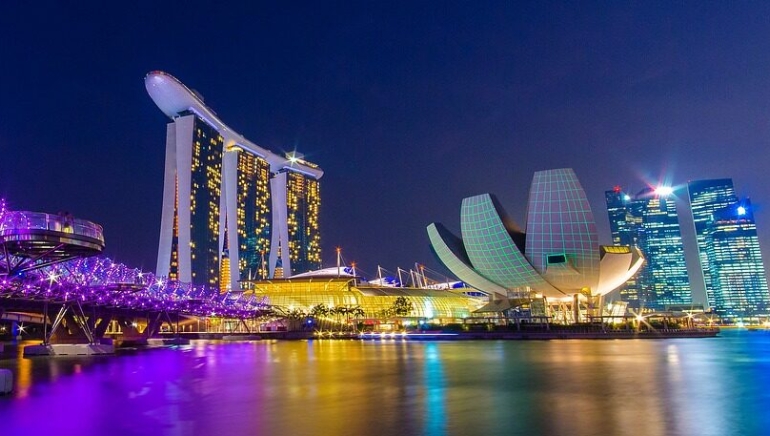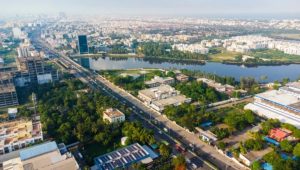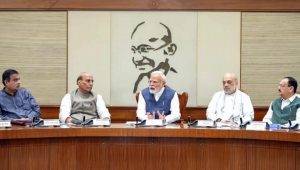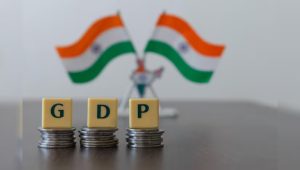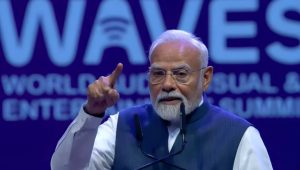The Philippines has taken a huge step forward in its energy transition by signing a $15 billion renewable energy agreement with Masdar in the UAE. The agreement, signed in Abu Dhabi, focusses on the development of solar, wind, and battery energy storage technologies, with the goal of generating up to 1 gigawatt of sustainable energy by 2030 and increasing to 10 GW by 2035.
Currently, renewable energy accounts for around 22% of the Philippine energy mix. The government plans to boost this to 35% by 2030 and 50% by 2040. Philippine Energy Secretary Raphael Lotilla emphasised that the agreement would help the country meet its renewable energy targets while also improving energy security and creating jobs.
The collaboration follows President Ferdinand Marcos Jr.’s visit to the UAE in November, during which agreements on investment, artificial intelligence, and energy transition were made. The project also marks Masdar’s entry into the Philippine renewable energy sector.
With coal accounting for more than half of the country’s electricity, the Philippines is looking at sustainable power options to deal with frequent outages and high energy bills. Lotilla went on: “Together, we are positioning the Philippines as a regional leader in sustainable energy.”





